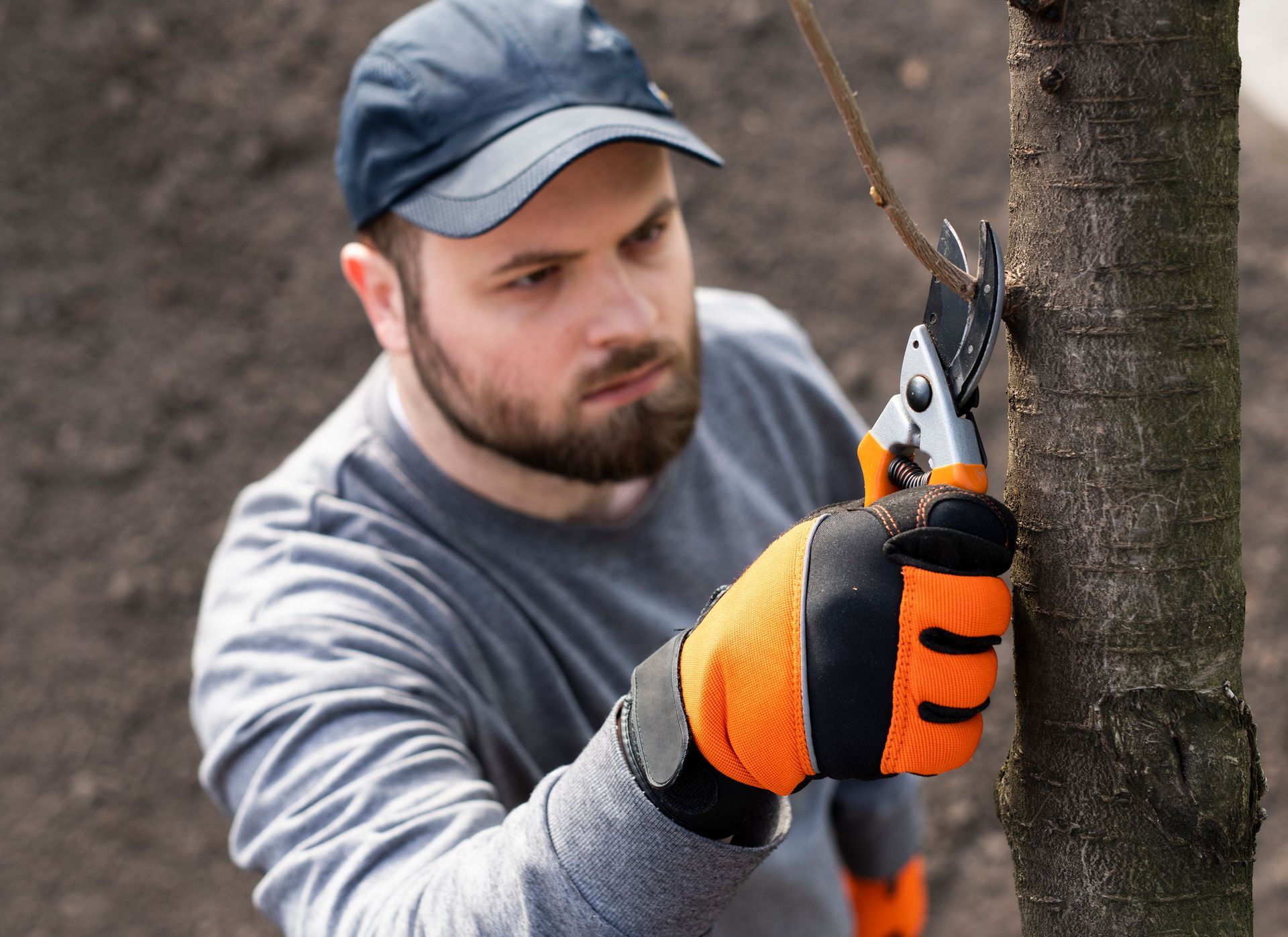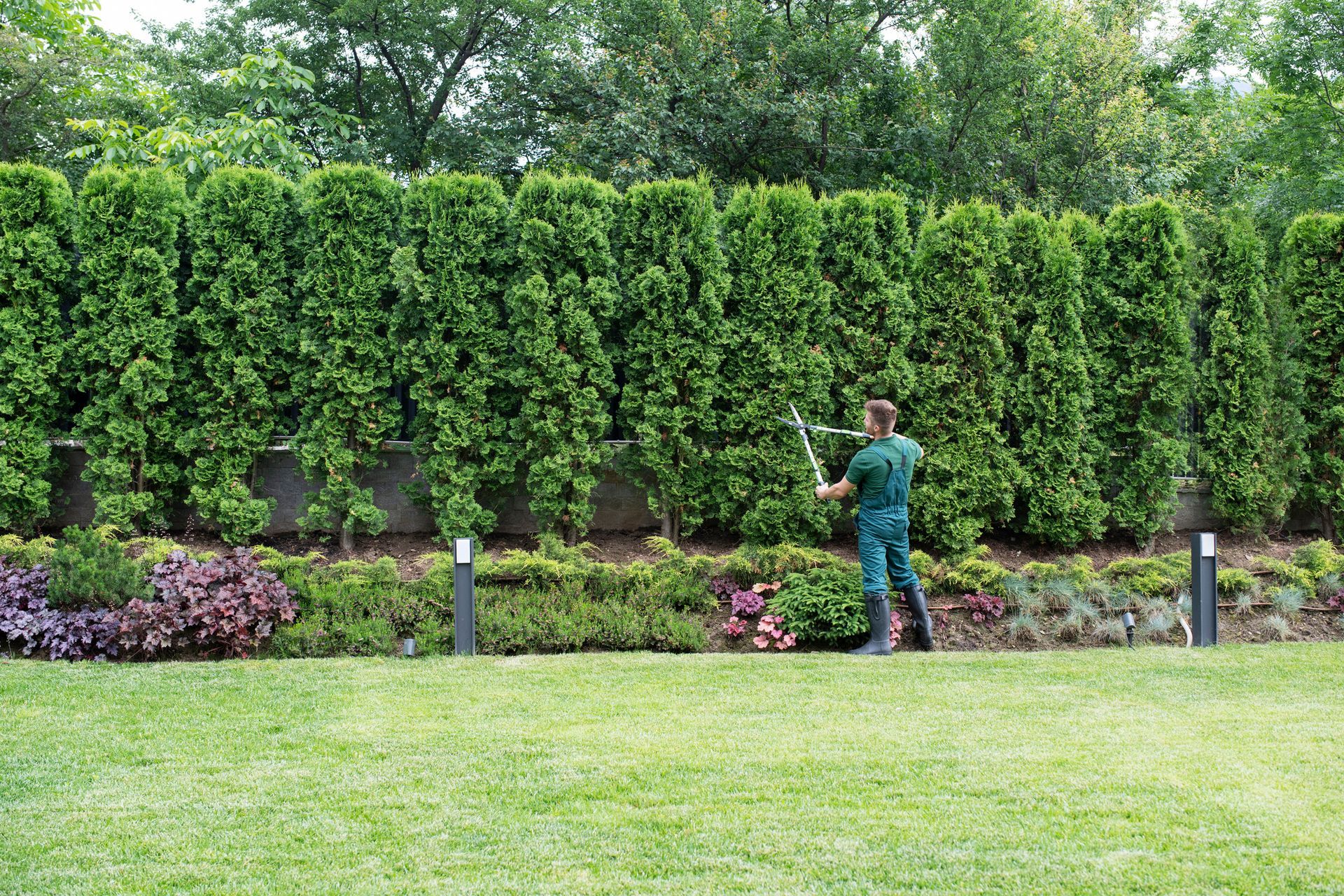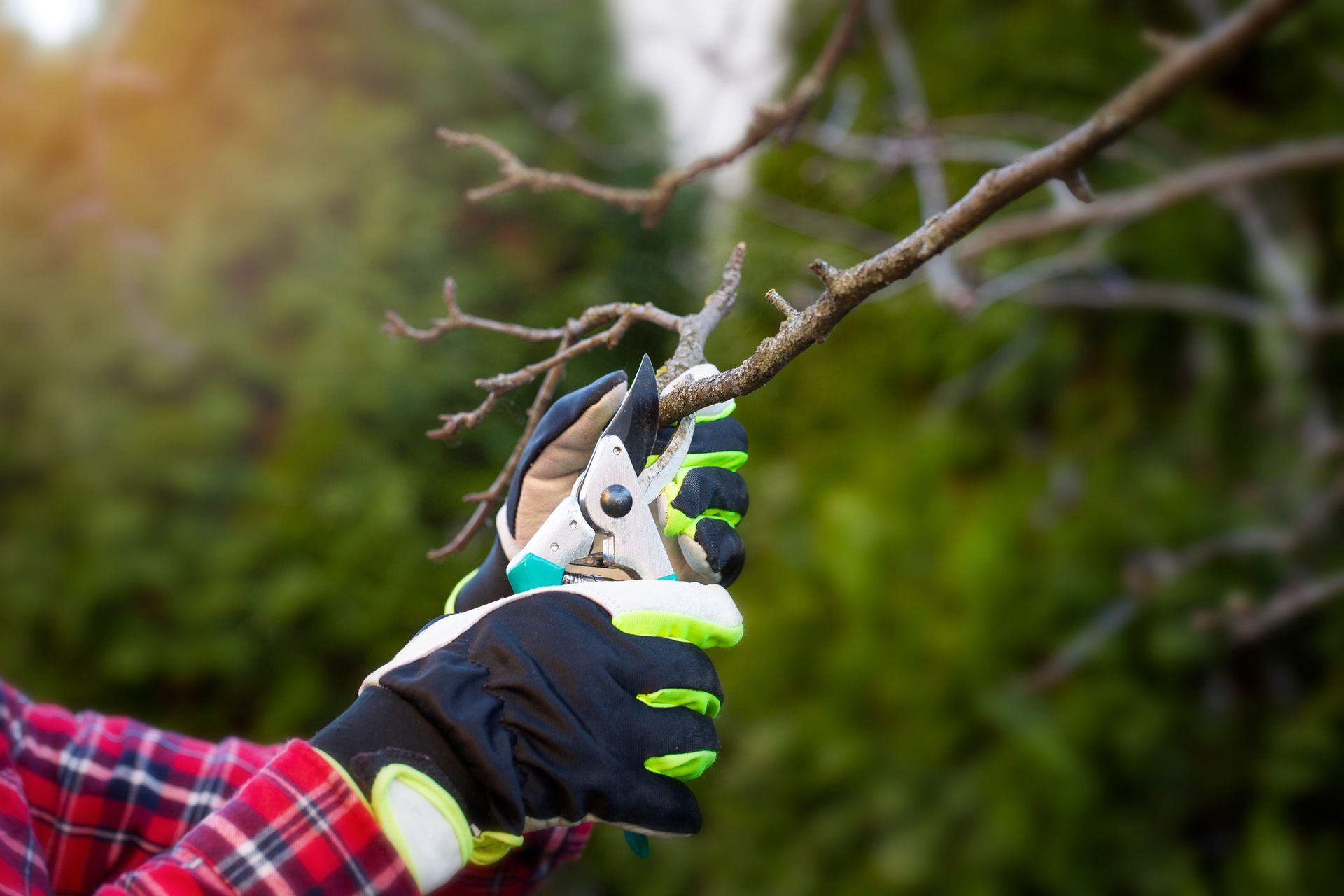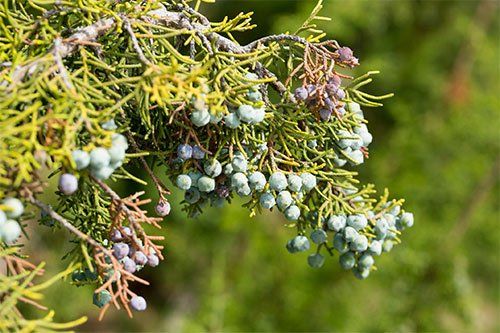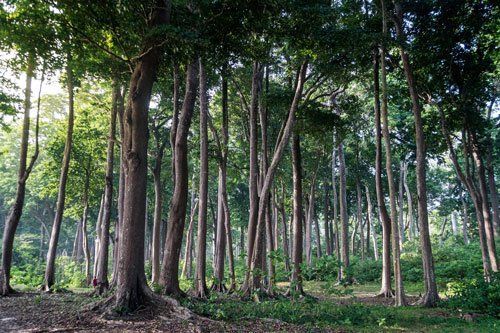Protecting Your Trees During Increasingly Hot SoCal Summers
Southern California has had a record-breaking summer, both in terms of fires and of heat. Combined with drought — yes, that's back — the trees in your yard are not having an easy time. Even if all you have are some eucalyptus trees, you can't assume that the trees' ancestral Australian heritage will somehow make them heatproof.
The region has seen repeated heat spells, from the early July Fry that saw Vista reach 101, Escondido 112, and Ramona 115, to the repeated waves of low 100s coursing through the area in August. Even downtown San Diego on the bay has seen its share of temps in the 90s. That could continue for several more weeks (and come back each summer), so you need to protect your trees from the heat.
How Excessive Heat Affects Your Trees
Trees use transpiration to handle heat. Each leaf has little openings called stomata; the stomata open up and allow water to evaporate, cooling the tree much as sweating from skin pores helps cool humans. Normally this system works well and gets the tree through each summer.
In excessive temperatures, though, the humidity often drops more and more. This increased aridity makes that water vapor evaporate much more quickly. At that point, the tree jumps into moisture-preservation mode and closes those stomata to conserve moisture. The problem is that also stops the cooling process.
The tree can begin to overheat. If the external air temperature is too high as well, the tree can experience something called thermal death, which is what it sounds like — the tree dies of heat exposure.
A paper from the University of Georgia notes the thermal death threshold tends to be around 115°F. That might not sound like a problem for coastal areas of San Diego County, but inland residents have seen temperatures start to rise to those levels. And if climate change continues and heat waves increase, even coastal trees may start to have a problem.
Another issue, one that does not need temperatures to get into triple digits, is summer branch drop. As trees suffer in heat with little water, branches can weaken and drop. This is more a problem for trees that are native to cooler regions, but it's dangerous enough to keep an eye on even here in Southern California.
Water Is the Key, but Water Availability Is Also a Concern
Providing trees with enough water is a major key to helping them survive. If trees can replenish their water stores enough, they won't have to close stomata so often, increasing the chances that they can continue to cool themselves off.
Because water availability is a concern in San Diego, though, you need to have trees that are drought-resistant and that can handle having less water without creating a problem for those trees. If you do not already have drought-resistant varieties planted in your yard, you may want to do some renovation. Have water-intensive trees removed and add drought-resistant varieties.
Even then, you do need to water the trees in hot weather. The marine layer helps a little and provides some moisture in the morning, but that foggy layer is not a major player during the latter half of the summer, when the heat is most intense. Water early in the morning to give the trees time to soak up that water before the heat really hits and before the sun dries out the soil.
Lay mulch around tree roots, too. That mulch protects the soil from the sun, allowing moisture to stay put for a longer time. Don't bunch up the mulch right around the tree trunk; leave at least an inch of space between the trunk and the mulch.
You may also want to shade or even mulch concrete areas near trees. Stepping-stones are OK, but large expanses of concrete can increase the heat near the tree.
You may also want to have One Tripp Tree Service inspect your trees each summer to ensure the trees are healthy heading into the season of heat waves. If you haven't had the trees inspected for a while, call for an appointment now so you can find out how your trees are faring.

